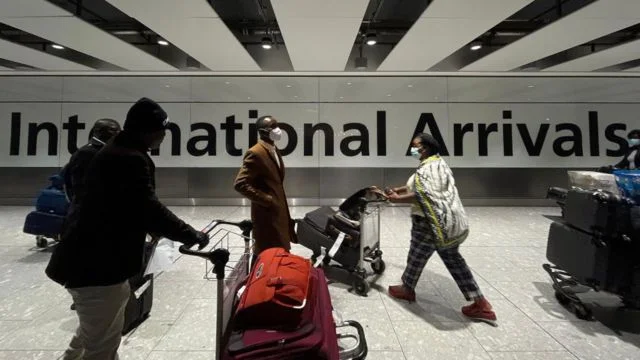The Central Bank of Kenya (CBK) has announced an increase in the cash reserve ratio (CRR) for commercial banks, a move aimed at strengthening financial stability and curbing inflation. This new requirement, effective immediately, will compel commercial banks to hold a higher percentage of customer deposits in reserves, rather than using them for lending purposes. This decision reflects the CBK’s intention to manage liquidity within the banking sector more tightly amid ongoing macroeconomic challenges.
The CRR, which determines the proportion of bank deposits required to be held in cash by the central bank, has now been raised from 4.25% to 4.75%, an increment that signals the CBK’s resolve to control excess liquidity in the market. By keeping a larger portion of funds within the CBK, the Kenyan government seeks to reduce inflationary pressures in the country, which has been affected by rising prices and depreciating currency value in recent months.
According to a statement from CBK Governor Kamau Thugge, this adjustment aligns with the bank’s broader monetary policy framework, which has recently focused on stabilizing the Kenyan shilling and managing inflation. The country’s inflation rate has stayed persistently high due to elevated fuel and food prices, prompting the CBK to use monetary tools to mitigate inflation. Governor Thugge noted that the decision was taken following a comprehensive review of the current financial conditions and liquidity needs within the banking sector.
Industry Response
Industry analysts believe this increase in the reserve requirement may impact the lending capacity of Kenyan banks, potentially leading to higher lending rates for borrowers. Local banks, including major players such as Equity Bank, KCB Group, and Cooperative Bank, will need to adjust their liquidity strategies in response to the CBK’s directive. The increase in CRR may limit the funds available for commercial loans, which could create a ripple effect across various sectors dependent on credit.
For banks, the updated reserve requirements mean a larger portion of their assets will remain with the central bank, reducing the capital available for loan issuance and potentially affecting profits. However, financial experts argue that this approach is essential for maintaining Kenya’s long-term financial stability, particularly given the external pressures on the shilling and inflationary pressures brought on by higher import costs.
Economic Context
The CBK’s monetary policy action comes amid a period of economic recalibration in Kenya, as the government seeks to balance growth with inflation management. The nation has recently faced challenges from a depreciating currency and a high import bill, which has contributed to inflationary pressures. The CBK’s decision to raise reserve requirements reflects a common approach among central banks globally to manage economic conditions by controlling liquidity.
The raised CRR may influence how Kenyan banks approach their growth and credit issuance strategies. As noted by the National Treasury, the move aligns with broader regional trends, as neighboring countries such as Uganda and Tanzania have also increased reserve requirements to stabilize their banking systems and economies under similar pressures























